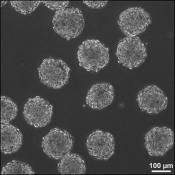Aggregated News

When I was pregnant with my first child, my ob-gyn referred me to a genetic counselor “just in case.”
I have a condition called X-linked hypophosphatemia, or XLH, which results in a form of dwarfism. I was a spontaneous case; there had no been no history of XLH in my family before me. No road map.
The counselor did not seem too worried. “Don’t sweat it,” he said. “Frankly, this is so rare, you’d have to marry a guy from the rickets clinic to pass it on.” I gave birth to my first child — my daughter Annabelle — seven months later. She did not have XLH.
Six years later, I stood in a neonatal intensive care unit looking down at my son, Walker. Because my husband and I had a rare blood incompatibility, he needed multiple transfusions. But what I was staring at as he lay in his incubator were his legs — something in them I recognized, a kind of curvature that felt as familiar to me as my own face.
“He has XLH,” I said...



